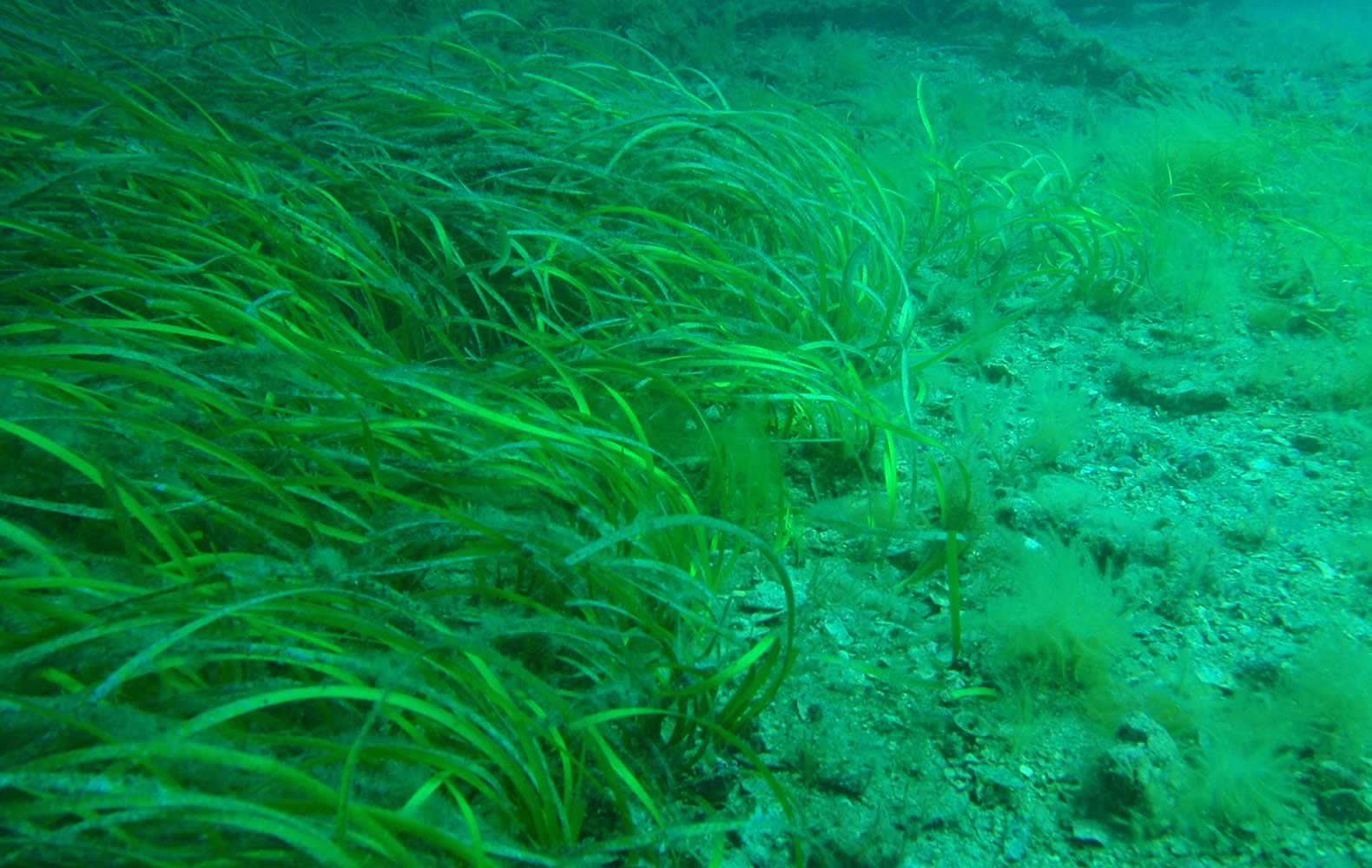Seagrass decline tells tale of pollution overload

Seagrass.
Image: Peter Southwood
Below the surface of the upper reaches of the Derwent estuary is a precious resource. Seagrass, an unassuming aquatic plant, grows in underwater meadows and provides food, shelter and nurseries for fish and birds. It keeps the Derwent river water clear by filtering and trapping sediment. Healthy seagrass also reduces nutrient pollution, important for the entire river’s health.
Surveys of seagrass in 2010 showed the meadows in the Derwent were healthy, reassuring scientists they were bucking the trend in the global decline of seagrass. But things have changed and the assessment of seagrass health in the past two summers has revealed they are suffering under the weight of excessive algal growth, an indicator that nutrient levels have increased. Massive algal blooms can destroy seagrass beyond its ability to recover in the worst affected areas.
Adding to the complexity of the problems in the upper estuary are low oxygen levels which can become extreme during hot, dry summers. In 2015 huge numbers of barracouta found themselves in water too low in oxygen for them to survive resulting in a major fish kill in the New Norfolk area. Low oxygen can also lead to the release of nutrients and heavy metals, again detrimental to marine life.
Nutrient pollution management is therefore critical and is a key focus of the Derwent Estuary Program partnership involving industry, local councils, the State government and NRM South. The results of the seagrass surveys, considered alongside low oxygen and nutrient levels will be assessed and used to identify management options. Essentially the aim will be to minimise excessive nutrient loads from the catchment and other sources. The science is complex and it will take time to work out the best ways to manage this situation but the seagrass story has alerted us to the need to make this problem a priority in the coming year.
Wednesday 22 March 2017
